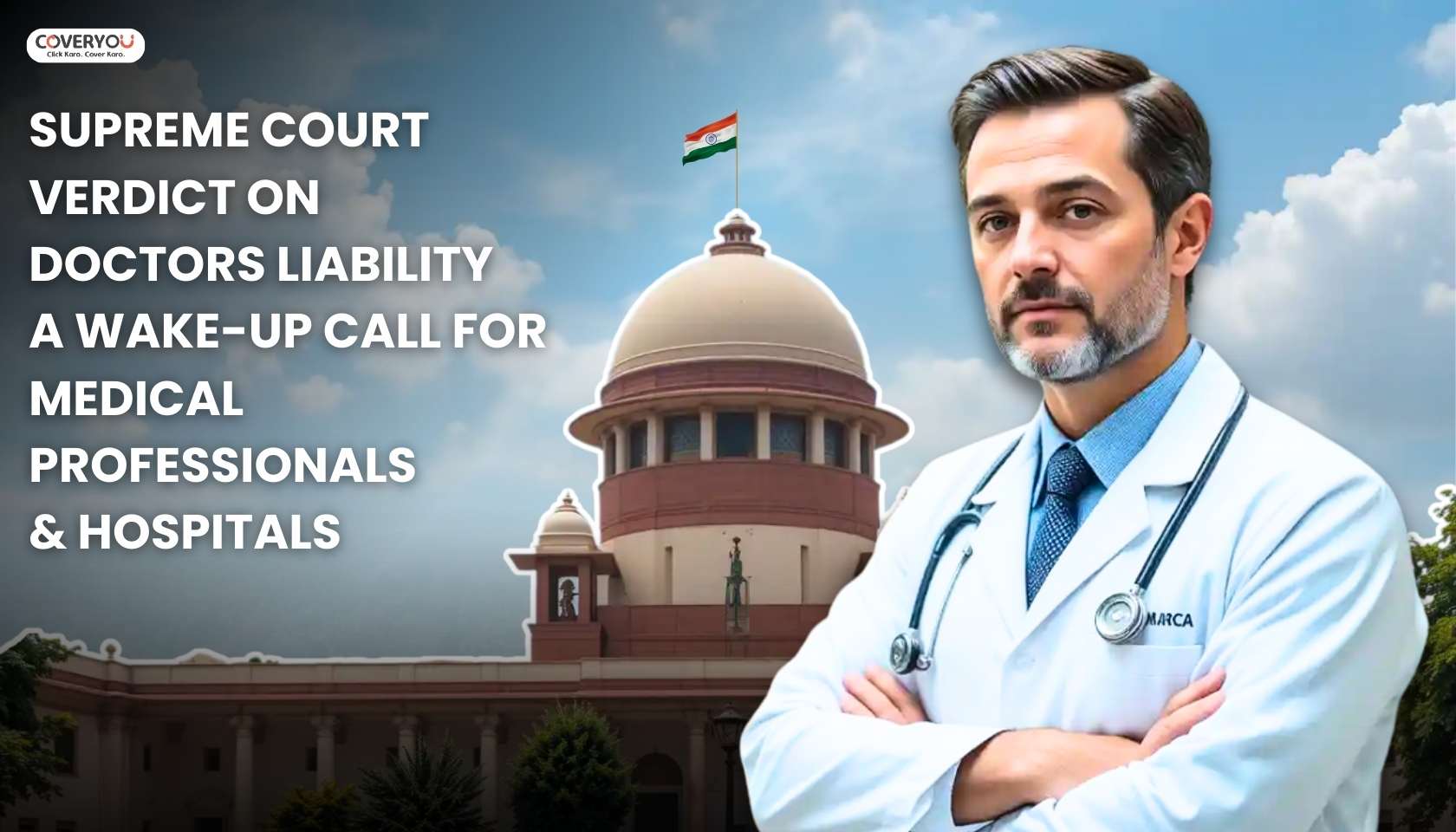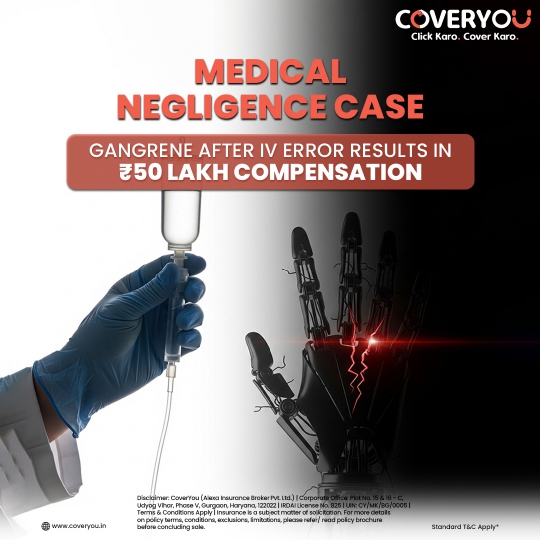The recent Supreme Court ruling acquitting a doctor who had prescribed an injection over the phone on charges of culpable homicide has again brought into light the tenuous nature of medical liability in India. While the court correctly decided that the doctor should be charged under Section 304A (death caused by negligence) and not the heavier charge of culpable homicide not amounting to murder (Section 304 Part I), the case highlights a disturbing fact, medical professionals are becoming more exposed to legal prosecution, often on grounds that grossly surpass their true liability.
A Thin Line Between Negligence and Criminality
Doctors spend years learning their practice/Profession, and one unexpected circumstance can lead to criminal charges, even in the absence of an intention to harm. The Supreme Court’s over-reliance on the precedent-setting Jacob Mathew case (2005) reminds us of an important tenet: medical negligence, even if it causes death, must not be per se equated with culpable homicide. The intention and awareness of fatal results have to be proved beyond a reasonable doubt.
But for healthcare professionals and hospitals, this case is a stark reminder that judicial lucidity is not sufficient. If a medical practitioner can be arrested and prosecuted under severe penal sections on account of a patient’s ill effect from a drug, the question arises, who really protects the healthcare provider?
The Indispensable Need for Indemnity Protection
This case is not only a legal landmark; it is a clarion call for healthcare providers and medical institutions to reassess their risk management policies. Professional indemnity insurance is no longer a choice, it is a requirement. Whether a healthcare provider works in a hospital or is in private practice, court battles can be costly and emotionally exhausting. Without customized indemnity protection, even a mistaken accusation can lead to career-destroying legal costs.
For a hospital, liability doesn’t begin and end with the consulting doctors. Nurses, paramedics, and other health care workers are an important part of patient treatment, and they can cause legal issues too. A Special doctor-centric Customized indemnity policy covering the whole medical team leaves hospitals in no one’s pocket if they get expensive Proceedings that will affect their operation and image.
Why Hospitals Have to Cover Their Staff
The legal terrain is changing. One instance of suspected negligence can lead to years of courtroom wrangling, bringing not only the accused healthcare professional but also the hospital he works at into disrepute. In light of this fact, hospitals need to actively ensure that all their medical personnel, permanent or visiting, are customized indemnity protected. This isn’t merely about lawfulness; it’s about proving institutional responsibility. There can be no underestimation of the significance of risk mitigation measures in the healthcare sector. As medico-legal claims continue to climb, hospitals that do not give legal protection to their employees risk exposing themselves to operational and reputation risks several times above any indemnity protection cost.
A Lesson in Preparedness
This Supreme Court decision is a time for introspection by the entire medical community. Although the doctor involved was granted judicial relief, the emotional and professional distress that they went through highlights the uncertainty of practice in medicine these days. Healthcare professionals must not have to battle their battles alone. Customized Professional Indemnity cover guarantees that they are able to concentrate on saving lives without being perpetually haunted by the threat of legal action.
Hospitals, too, need to acknowledge that protecting their medical staff from unnecessary legal worry is not merely a fiscal choice but an ethical one. Because in an era where litigation against healthcare providers is on the rise, protection is not an option it is a right.
Reference:
















